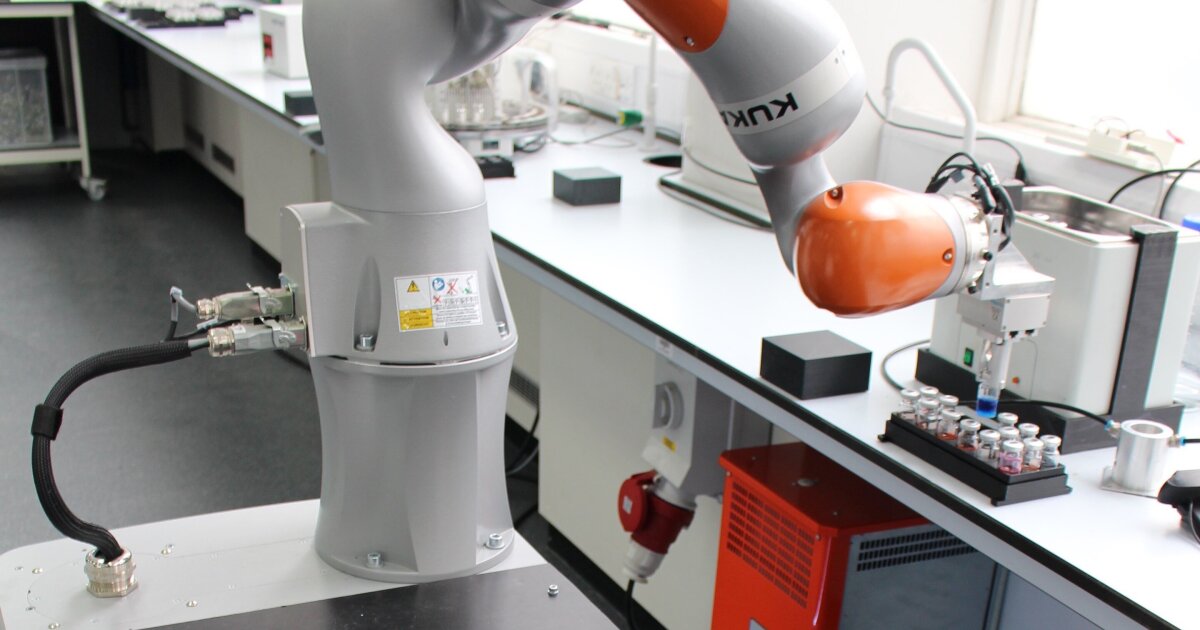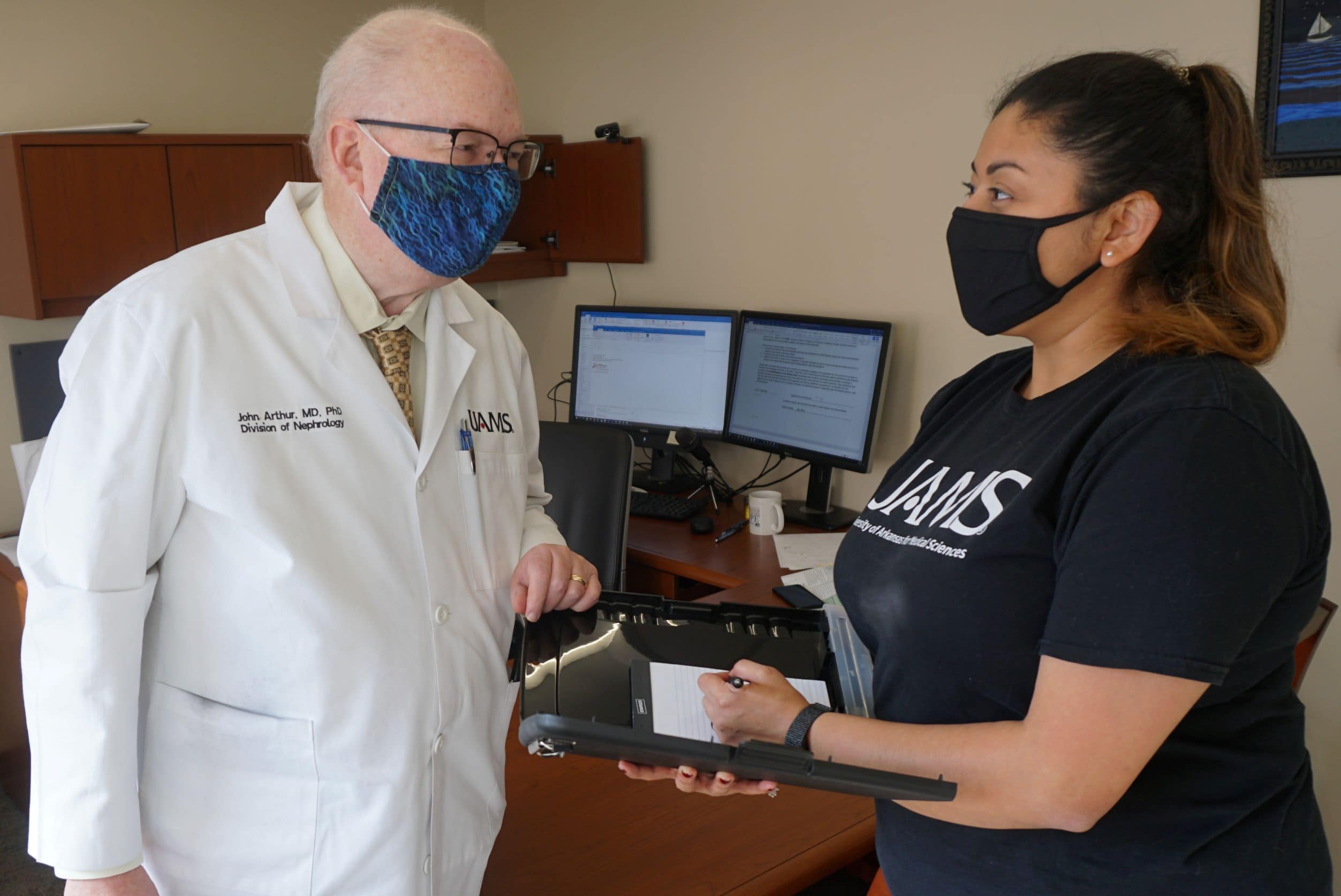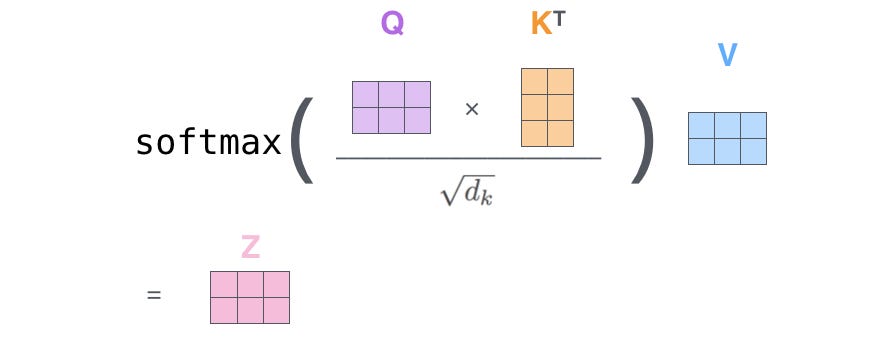
The antibodies don’t work! The race to rid labs of molecules that ruin experiments
You can also search for this author in PubMed Google Scholar
Carl Laflamme knew what protein he wanted to study, but not where to find it. It is encoded by a gene called C9ORF72, which is mutated in some people with the devastating neurological condition motor neuron disease, also known as amyotrophic lateral sclerosis. And Laflamme wanted to understand its role in the disease.
When he started his postdoctoral fellowship at the Montreal Neurological Institute-Hospital in Canada, Laflamme scoured the literature, searching for information on the protein. The problem was that none of the papers seemed to agree where in the cell this mysterious molecule operates. “There was so much confusion in the field,” Laflamme says.
He wondered whether a reagent was to blame, in particular the antibodies that scientists used to measure the amount of the protein and track its position in the cell. So, he and his colleagues decided to test the antibodies that were available. They identified 16 commercial antibodies that were advertised as able to bind to the protein encoded by C9ORF72. When the researchers put them through their paces, only three performed well — meaning that the antibodies bound to the protein of interest without binding to other molecules. But not one published study had used these antibodies. About 15 papers described experiments using an antibody that didn’t even bind the key protein in Laflamme’s testing. And those papers had been collectively cited more than 3,000 times1.























